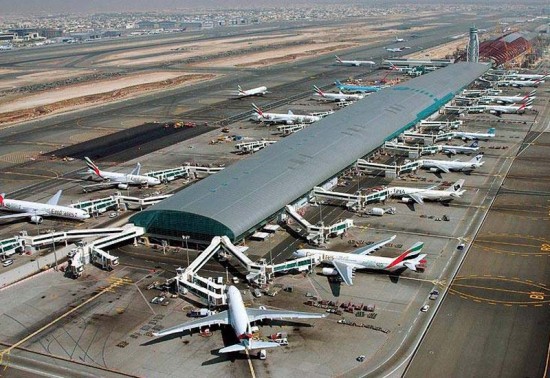Stamp: Aden International Civil Airport (Yemen, People's Democratic Republic 1970)
Aden International Civil Airport (Yemen, People's Democratic Republic 1970)
01 January (Yemen, People's Democratic Republic ) within release Airport Tax goes into circulation Stamp Aden International Civil Airport face value 1 South Yemeni dinar
| Stamp Aden International Civil Airport in catalogues | |
|---|---|
| Colnect codes: | Col: YE-SO AT1970-01 |
Stamp is square format.
Inscribed "PEOPLE'S DEMOCRATIC REPUBLIC OF YEMEN" - original type (small flag) Year of issue is approximateAlso in the issue Airport Tax:
- Stamp - Aden International Civil Airport face value 1;
- Stamp - Aden International Civil Airport face value 1;
Stamp Aden International Civil Airport it reflects the thematic directions:
An aircraft (pl. aircraft) is a vehicle that is able to fly by gaining support from the air. It counters the force of gravity by using either static lift or the dynamic lift of an airfoil, or, in a few cases, direct downward thrust from its engines. Common examples of aircraft include airplanes, rotorcraft (including helicopters), airships (including blimps), gliders, paramotors, and hot air balloons.Part 1 (Definitions and Abbreviations) of Subchapter A of Chapter I of Title 14 of the U. S. Code of Federal Regulations states that aircraft "means a device that is used or intended to be used for flight in the air."
An airport is an aerodrome with extended facilities, mostly for commercial air transport. Airports usually consist of a landing area, which comprises an aerially accessible open space including at least one operationally active surface such as a runway for a plane to take off and to land or a helipad
Aviation is the practical aspect or art of aeronautics, being the design, development, production, operation and use of aircraft, especially heavier than air aircraft. The word aviation was coined by French writer and former naval officer Gabriel La Landelle in 1863, from the verb avier (synonymous flying), itself derived from the Latin word avis ("bird") and the suffix -ation.
A flag is a piece of fabric (most often rectangular or quadrilateral) with a distinctive design that is used as a symbol, as a signaling device, or as decoration. The term flag is also used to refer to the graphic design employed, and flags have since evolved into a general tool for rudimentary signalling and identification, especially in environments where communication is similarly challenging (such as the maritime environment where semaphore is used). National flags are patriotic symbols with varied wide-ranging interpretations, often including strong military associations due to their original and ongoing military uses. Flags are also used in messaging, advertising, or for other decorative purposes. The study of flags is known as vexillology, from the Latin word vexillum, meaning flag or banner.




